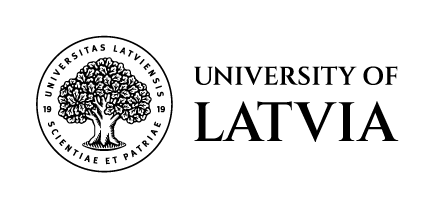Hallstatt Period Fibre Analysis from Slovenian Burials
Keywords:
Iron Age, textile analysis, old excavation, Slovenia, fibresAbstract
Multiple Slovenian cemeteries of the early Iron Age/Hallstatt period (800–400 BC) yield mineralised textile finds. Due to preservation of the textiles on metal objects, they can be contextualised and analysed using a variety of methods. The current paper discusses the applicable methods and information that can be acquired from very small textiles fragments. Difficulties arise particularly due to the lack of documentation of the old excavations and the past restoration work. It is not only modern excavated material that can be meaningful; the finds from the late 19th century are worth re-examining, especially since technology and methodology have evolved. Gaining information from microstratigraphy, comparing relevant finds and fibre analysis are just a few methods shown within this research. The work was a collaborative project with Karina Grömer and the National History Museum Vienna (Austria) and formed a part of my master’s thesis.
Downloads
Published
Issue
Section
License

This work is licensed under a Creative Commons Attribution-NonCommercial 4.0 International License.


